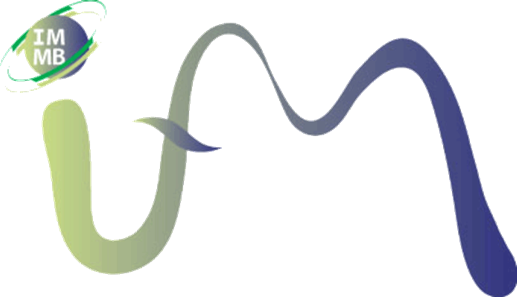Biotechnological conversion of glycerol
Glycerol has become an inexpensive and abundant carbon source due to its occurrence as a by-product of biodiesel production in particular in Europe. The tremendous growth of the biodiesel industry has generated a glycerol surplus resulting in a sharp decrease of crude glycerol prices.
One possibility for the coversion of glycerol is the production of thermoplastics like poly(3-hydroxypropionate), poly(3HP), a polyhydroxyalkanoate (PHA). PHAs are bacterial storage compounds for carbon and energy, which are synthesised and intracellularly deposited as granules in many bacteria if the cells are cultivated in presence of an excess of a carbon source and if another nutrient limits growth. They are biodegradable, insoluble in water, non-toxic, biocompatible, piezoelectric, thermoplastic and/or elastomeric.
Poly(3HP) combines the properties of poly(3-hydroxybutyrate), poly(3HB) and poly(2-hydroxypropionate), poly(2HP) which is also referred to polylactic acid. Poly(3HP) has a higher stability than poly(2HP) with regard to hydrolytic cleavage, but is more easily enzymatically cleaved than poly(3HB) due to the lacking methyl groups at the polymer backbone.
For the synthesis of poly(3HP) the genes for glycerol dehydratase (dhaB1) and its activator protein (dhaB2)of Clostridium butyricum, propionaldehyde dehydrogenase (pduP) of Salmonella enterica and PHA synthase (phaC1) of Ralstonia eutropha were expressed in recombinant Escherichia coli. Poly(3HP) was accumulated up to 11.8 % (wt/wt CDW) in a two step fed-batch fermentation.

